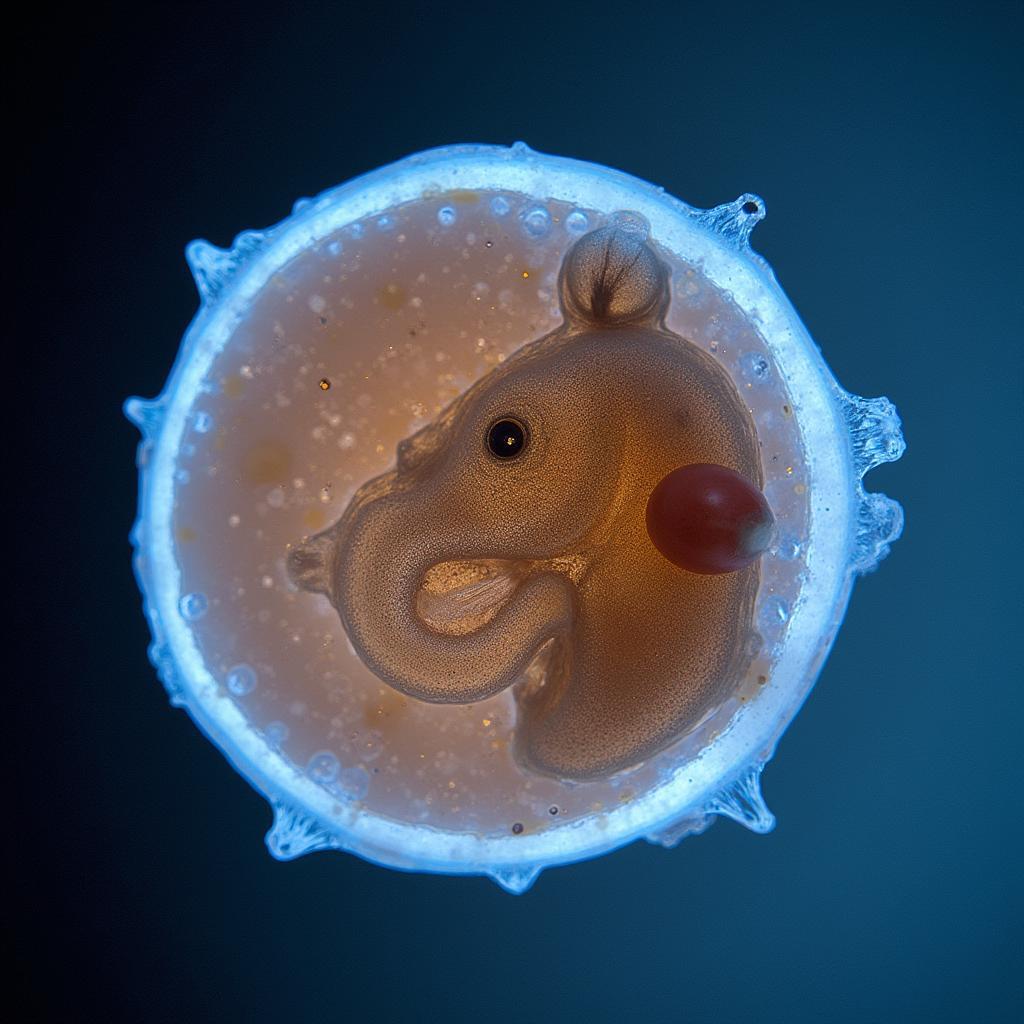Horse Embryo Transfer is an increasingly popular assisted reproductive technology that allows breeders to produce foals from high-value mares without interrupting their competition or show careers. This comprehensive guide will delve into the intricacies of horse embryo transfer, covering everything from the process itself to the benefits and considerations for breeders.
Understanding Horse Embryo Transfer
In essence, horse embryo transfer involves harvesting an embryo from a donor mare and transferring it to a recipient mare, who will carry the foal to term. This procedure offers numerous advantages for breeders:
- Increased production from superior mares: Mares with exceptional genetics or performance records can produce multiple embryos within a single breeding season, leading to a greater number of offspring.
- Facilitating breeding in mares with physical limitations: Mares with injuries, age-related reproductive decline, or other issues that prevent them from carrying a foal can still contribute genetically to a breeding program through embryo transfer.
- Preserving valuable bloodlines: Embryo transfer aids in preserving and expanding rare or endangered horse breeds.
The Horse Embryo Transfer Process
A successful horse embryo transfer involves several carefully orchestrated steps:
- Synchronization and Superovulation: The donor and recipient mares are synchronized hormonally to ensure their reproductive cycles align. The donor mare often receives hormone treatments to encourage the release of multiple eggs (superovulation).
- Breeding and Embryo Collection: The donor mare is bred, either naturally or through artificial insemination, with semen from a chosen stallion. Approximately seven days after ovulation, a veterinarian flushes the donor mare’s uterus to collect the developing embryos.
- Embryo Evaluation and Selection: Collected embryos are meticulously examined under a microscope to assess their quality and viability. Only the highest-quality embryos are selected for transfer.
- Embryo Transfer: The chosen embryo is carefully loaded into a specialized catheter and then transferred into the uterus of the synchronized recipient mare.
 Close-up view of horse embryo under microscope
Close-up view of horse embryo under microscope
Factors Affecting Success Rates
While horse embryo transfer offers significant potential, it’s essential to acknowledge that success rates can vary. Several factors influence the outcome, including:
- Age and health of both the donor and recipient mares: Younger, healthier mares generally have higher success rates.
- Embryo quality: The quality and stage of development of the transferred embryo significantly impact the likelihood of successful implantation.
- Recipient mare management: Proper nutrition, health care, and stress reduction for the recipient mare are crucial for a successful pregnancy.
“Choosing experienced professionals for every step of the embryo transfer process is paramount for achieving the best possible results,” advises Dr. Emily Carter, DVM, a leading equine reproductive specialist. “The expertise of your veterinarian and reproductive team plays a crucial role in maximizing success rates.”
Costs and Considerations
Horse embryo transfer is a more costly breeding option compared to traditional methods. The process involves expenses related to hormone treatments, veterinary fees, embryo collection, and recipient mare maintenance.
Before pursuing embryo transfer, breeders should carefully consider:
- Their breeding goals: Is embryo transfer the most efficient way to achieve desired genetic progress within their breeding program?
- The financial commitment: Can they accommodate the potentially higher costs associated with embryo transfer?
- Access to experienced professionals: Do they have access to a qualified team of veterinarians and reproductive specialists?
Conclusion
Horse embryo transfer has revolutionized equine breeding, offering breeders a powerful tool to enhance their programs. While the process requires careful planning and investment, the potential benefits for producing high-quality foals from exceptional mares are undeniable. By understanding the steps involved, factors influencing success, and essential considerations, breeders can make informed decisions about integrating embryo transfer into their breeding strategies.
FAQs
1. How long does the entire embryo transfer process take?
The entire process, from synchronizing the mares to confirming pregnancy in the recipient, typically takes several weeks.
2. Can any mare be a recipient mare?
Ideal recipient mares are healthy, young, and have a good reproductive history.
3. What is the average success rate of horse embryo transfer?
Success rates can vary widely, but on average, around 50-60% of transfers result in pregnancy.
4. Can frozen embryos be used for transfer?
Yes, frozen embryos can be thawed and transferred, but the success rates are generally lower compared to fresh embryo transfers.
5. Is embryo transfer covered by equine insurance?
Some equine insurance policies offer coverage for embryo transfer; however, it’s essential to review your policy or consult your insurance provider for specific details.
For any further inquiries or assistance with your horse breeding needs, please don’t hesitate to contact us. Our team at Justus Horses USA is dedicated to providing expert guidance and support every step of the way.
Contact us:
Phone: 0772127271
Email: [email protected]
Address: QGM2+WX2, Vị Trung, Vị Thuỷ, Hậu Giang, Việt Nam
We have a 24/7 customer service team ready to assist you.